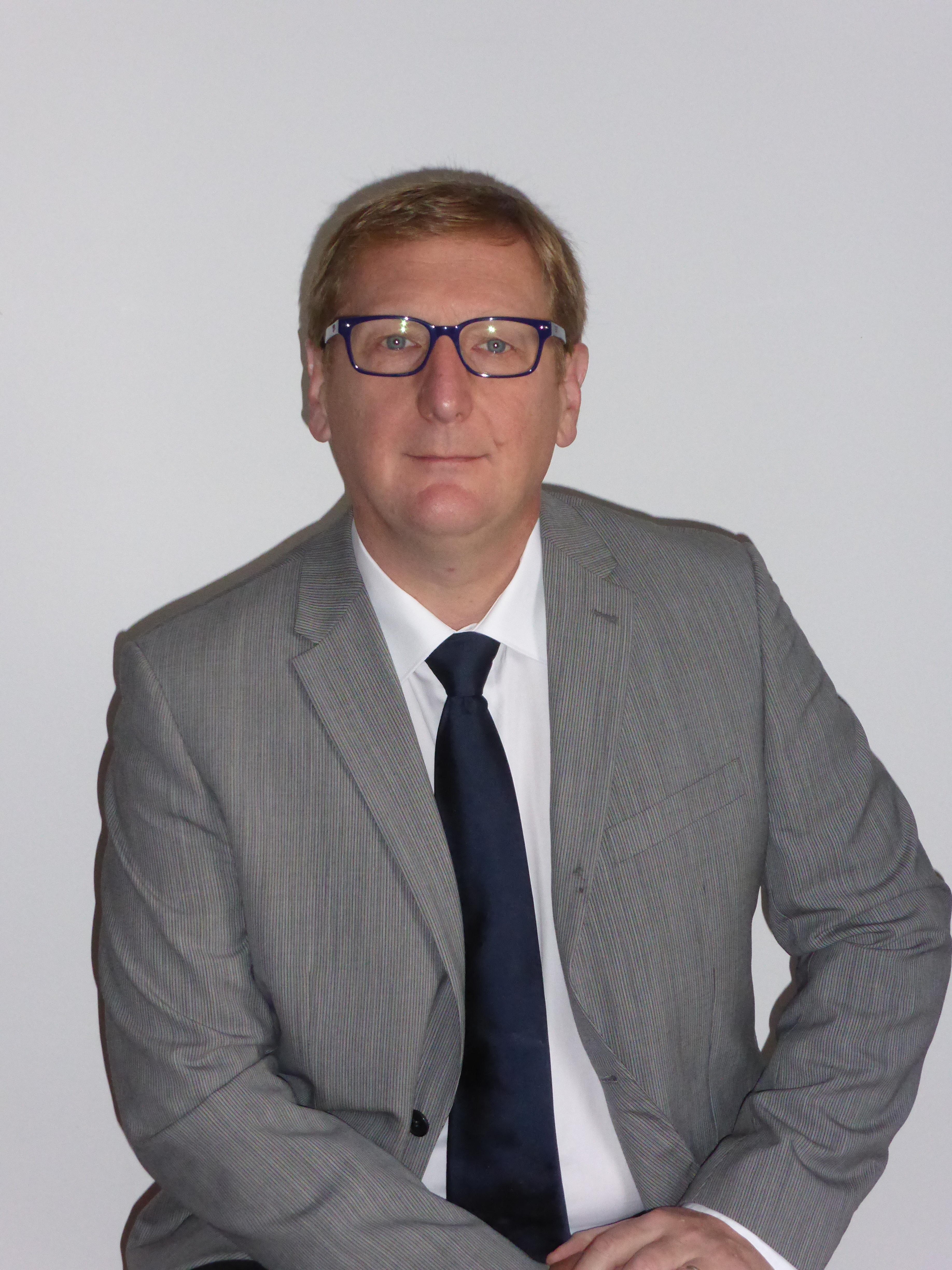Day 1 :
Keynote Forum
Christophe Len
Université de Compiègne, France
Keynote: Recent advances in catalytic production of biobased furan derivatives

Biography:
Prof. Dr. Christophe Len became assistant Professor at UPJV in 1997 and was promoted to full Professor in 2004 at the Université de Poitiers (France). In 2010, he moved as full Professor at the Université de Technologie de Compiègne (France). In 2017, he developed his research in Chimie ParisTech (France). He has published almost 150 original publications and review articles, 5 chapters and 8 patents. Among recent awards and recognition to his scientific career, he was promoted Honorary Professor of the University of Hull, England (2012-2018), Honorary Life Fellow of Indian Society of Chemists and Biologists (ISCB, 2014), Fellow of the Association of Carbohydrate Chemists and Technologist of India (ACCTI, 2015) and Fellow of the Royal Society of Chemistry (FRSC, 2015). In 2017, he has been honored with 2017 Glycerine Innovation Award sponsored by the American Cleaning Institute and the National Biodiesel Board. His current research explores organic chemistry and catalysis applied to biomass.
Abstract:
The design of environmentally friendly methodologies has been the driving force of scientists in recent years. In particular, the use of biomass-derived materials, green solvents and alternatives techniques has been investigated for the production of platform molecules and chemicals such as furfural, hydroxymethylfurfural... Several green chemistry approaches that target advanced synthesis and processes will be presented. All these approaches include the production of (i) furfural and derivatives from D-xylose, xylane and hemicellulose using alternative technologies; (ii) hydroxymethylfurfural and derivatives from D-glucose/D-fructose; (iii) 2,5-diformylfuran from D-fructose. All the process used alternative technologies (eg. microwave irradiation, high temperature/ pressure???) in batch and continuous flow via homogeneous and heterogeneous catalysis.[1-8] Conception, synthesis and physicochemical properties will be detailed. Recent Publications 1. Verma S, Nasir Baig RB, Nadagouda MN, Len C, Varma RS (2017) Sustainable pathway to furanics from biomass via heterogeneous organo-catalysis. Green Chemistry 19: 164-168. 2. Wang Y, Len T, Huang Y, Tabaoda AD, Boa AN, Ceballos C, Delbecq F, Mackenzie G, Len C (2017) Sulfonated Sporopollenin as an efficient and recyclable heterogeneous catalyst for dehydration of D-xylose and xylan into furfural. ACS Sustainable Chemistry & Engineering 5: 392-398. 3. Le Guenic S, Gergela D, Ceballos C, Delbecq F, Len C (2016) Furfural production from D-xylose and xylan by using stable Nafion NR50 and NaCl in a microwave-assisted biphasic reaction. Molecules 21: 1102-1112. 4. Delbecq F, Wang Y, Len C (2016) Conversion of xylose, xylan and rice husk into furfural via betaine and formic acid mixture as novel homogeneous catalyst in biphasic system by microwave-assisted dehydration. Journal of Molecular Catalysis A: Chemical 423: 520-525. 5. Le Guenic S, Delbecq F, Ceballos C, Len C (2015) Microwave-aided dehydration of D-xylose into furfural by diluted inorganic salts solution in a biphasic system. Journal of Molecular Catalysis A: Chemical 410: 1-7.
Keynote Forum
Magda ConstantÃ
University Rovira I Virgili,Spain
Keynote: Biomass valorization by means of catalytical and biological processes

Biography:
Magda Constanti is an Associate Professor at the Department of Chemical Engineering at the University Rovira i Virgili, in Catalonia, Spain, and belongs to the Interfibio research group. She has expertise on the use of microorganisms and enzymes to different technological applications, which gives her a broad research vision. She has supervised several Doctoral and Master's theses related to biodegradation of toxic chemicals, biomass transformation to value added chemicals or bioenergy using microorganisms and enzymes, among others. She publishes in journals of biotechnology and chemical engineering areas. Currently, she co-directs with Dr. Francisco Medina (Director of the Catheter Research Group) a research project based on the bioproduction of value-added compounds from the residual lignocellulosic biomass.
Abstract:
Woody biomass is an abundant raw material, vastly available in nature. Each of the three main components of woody biomass, namely lignin, hemicelluloses and celluloses are themselves valuable resources, if being selectively transformed in valuable compounds. In this study, nut shell biomass was hydrolyzed with water assisted by microwave and the products were biologically treated without any separation process. Thus, the hydrolyzed product, xylose (from hemicellulose) was fermented by the appropriate microorganism for the production of lactic acid, the monomer of polylactic acid, a biodegradable plastic. Pure cellulose was also hydrolyzed to glucose and then fermented to lactic acid, as well. We obtained a high conversion to optically pure lactic acid through a non-petrochemical pathway. On the other hand, cellulose was hydrolyzed using basic catalysts, such as hydrotalcites, also assisted by microwave. Although the conversion was lower compared to acidic hydrolysis, alkali hydrolysis gave directly smaller molecules (C2-C3) with higher functional group densities. In conclusion, we propose a multidisciplinary study for the combination of catalytical and biological processes for the valorization of residual biomass, which makes the process more sustainable in the current society. Recent Publications 1. G�ell E J, Maru B T, Chimentao R J, Gispert-Girado F, Constant� M and Medina F (2015) Combined heterogeneous catalysis and dark fermentation systems for the conversion of cellulose into biohydrogen. Biochemical Engineering Journal 101:209- 219. 2. Gavil� L, Constant� M and Medina F (2015) D-lactic acid production from cellulose: dilute acid treatment of cellulose assisted by microwave followed by microbial fermentation. Cellulose 22:3089-3098. 3. Gavil� L, G�ell E J, Maru B T, Medina F and Constant� M (2017) Combining catalytical and biological processes to transform cellulose into high value-added products. Physical Sciences Reviews DOI: 10.1515/psr-2017-0026. 4. Gavil� L, Constant� M, Medina F, Pezoa-Conte R, Anufwom I, Mikkola J P An integrated biomass to lactic acid process. Submitted to Advanced Sustainable Systems. 5. Guarin C, Gavil� L, Constant� M, Medina F Impact of cellulose treatment with hydrotalcites in hidrothermal catalytic conversion. Submitted to Chemical Engineering Science.
